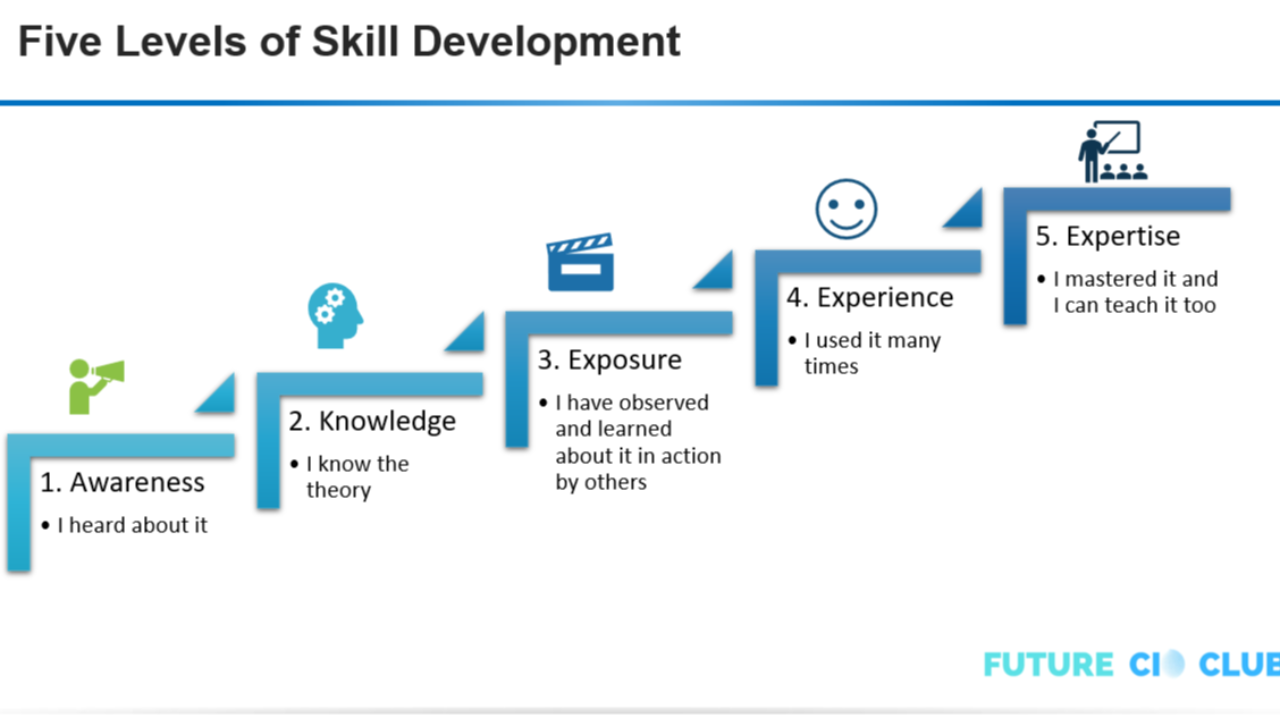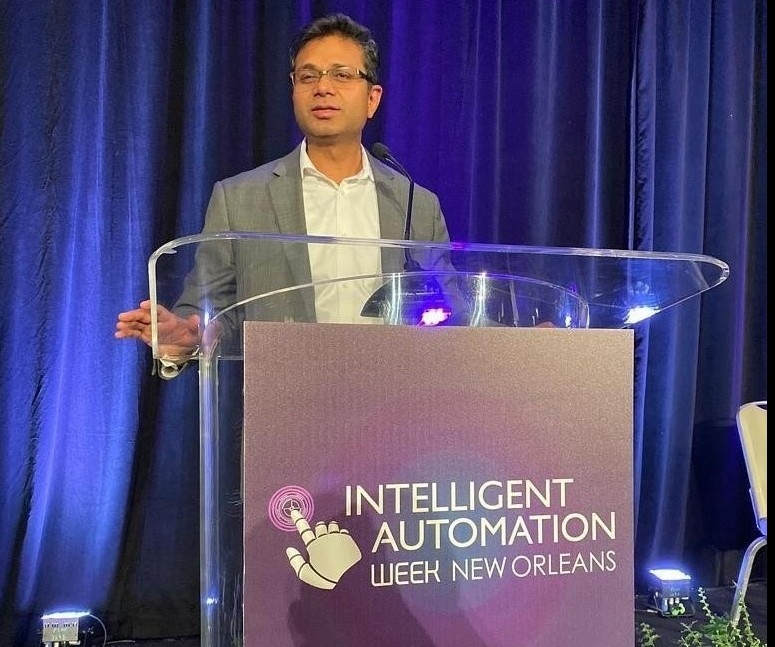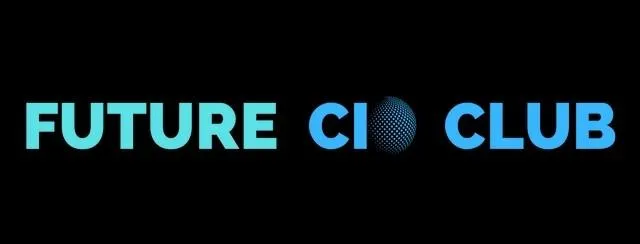
The Journey to Mastery: Skill Development for Growth

Skill development is an ongoing journey that allows individuals to refine their abilities, enhance their self-improvement, and embrace continuous learning. Whether you're a beginner or a seasoned professional, understanding the stages of skill development is crucial to achieving mastery. This blog will explore the five stages of skill development, offering valuable insights on how to navigate each stage, cultivate a growth mindset, and embark on a path of lifelong learning.
Stage 1: Unconscious Incompetence
In this first stage of skill development, you don’t know what you don’t know. At this point, individuals may be unaware of their skills' deficiencies or the gaps in their knowledge. This stage is often characterized by an initial curiosity or desire to learn but without understanding the full complexity of the task at hand.
To progress from this stage, it’s essential to develop a growth mindset—recognizing that learning is a journey and being open to new challenges. Accepting that you don’t know everything is the first step towards self-improvement and skill enhancement.
Stage 2: Conscious Incompetence
Once you recognize the gap in your knowledge or skills, you enter the stage of conscious incompetence. This is where you realize how much more there is to learn and feel the frustration that comes with making mistakes. While it might seem discouraging, this stage is critical for growth because it pushes you to learn, adapt, and continuously improve.
During this phase, embracing a growth mindset becomes more vital than ever. Focusing on your ability to improve and maintaining resilience in the face of setbacks will help you move forward and accelerate your learning process.
Stage 3: Conscious Competence
At this stage, you begin to acquire new skills and can perform tasks correctly but with a high level of concentration and effort. While you are competent, the tasks require your full attention and effort to execute properly. This is the stage where continuous learning plays a significant role.
The key to mastering this stage is practice and repetition. Each time you perform the task, you build greater confidence and skill. The goal is to make the task second nature, reducing the cognitive load and allowing for more fluid execution.
Stage 4: Unconscious Competence
Once you have practiced enough, your skills become automatic. At this point, you can perform tasks effortlessly and efficiently, often without even thinking about it. You have mastered the skill to such a degree that it is ingrained in your muscle memory.
This stage represents the culmination of hard work and consistent practice. However, mastery doesn't mean you stop learning. To continue progressing, it’s crucial to challenge yourself with new skills and deeper layers of expertise. Embrace lifelong learning to refine your competence and grow even further.
Stage 5: Mastery and Innovation
The final stage of skill development is mastery. This is where you have not only mastered the skill but have also reached a point where you can innovate and push boundaries. You can now take what you’ve learned and adapt it to new, more complex challenges. Innovation becomes a natural extension of your expertise, allowing you to create new methods, solve problems, and make significant contributions to your field.
At this stage, you have fully embraced the concept of lifelong learning. True mastery involves constant growth, revisiting the foundations of your skill, and staying open to new ideas and techniques. It’s a continuous process of self-improvement and growth.
The Importance of a Growth Mindset in Skill Development
A growth mindset is a foundational element in skill development. Those who cultivate a growth mindset believe that their abilities can improve over time through dedication, effort, and learning. This mindset is essential in navigating the stages of skill development, especially in overcoming the challenges and frustrations that arise during the journey.
Individuals with a growth mindset view failure as a learning opportunity rather than a setback. This perspective enables them to stay motivated and resilient through each stage, ultimately leading to greater success and mastery.
Lifelong Learning The Key to Continuous Improvement
Lifelong learning is the ongoing, voluntary, and self-motivated pursuit of knowledge for personal or professional development. It is essential for staying relevant in a constantly changing world and advancing through the stages of skill development. Lifelong learning allows you to adapt, grow, and continually push the boundaries of your potential.
Incorporating continuous learning into your life means making learning a habit rather than a one-time event. Whether through reading, online courses, workshops, or mentorship, the key is to consistently seek opportunities for growth and self-improvement.
Conclusion
The journey to mastery through skill development is a dynamic process that requires patience, perseverance, and dedication. By understanding the five stages of skill development—unconscious incompetence, conscious incompetence, conscious competence, unconscious competence, and mastery—you can navigate your path with purpose and confidence. Embracing a growth mindset and committing to lifelong learning will help you continually enhance your skills and reach new heights of self-improvement. Begin your journey today and unlock your full potential.
FAQs
1. What is the importance of a growth mindset in skill development?
A growth mindset enables individuals to believe that their abilities can improve over time, allowing them to embrace challenges and persist through obstacles.
2. How can I maintain continuous learning?
Maintaining continuous learning involves regularly seeking new knowledge through books, courses, and real-world experiences. It’s a lifelong commitment.
3. What are the benefits of reaching the mastery stage in skill development?
Reaching mastery allows you to innovate, solve complex problems, and make significant contributions to your field, pushing the boundaries of your expertise.
4. How can I stay motivated during the skill development process?
Staying motivated involves setting clear goals, tracking progress, celebrating small wins, and maintaining a growth mindset that embraces challenges as opportunities.


